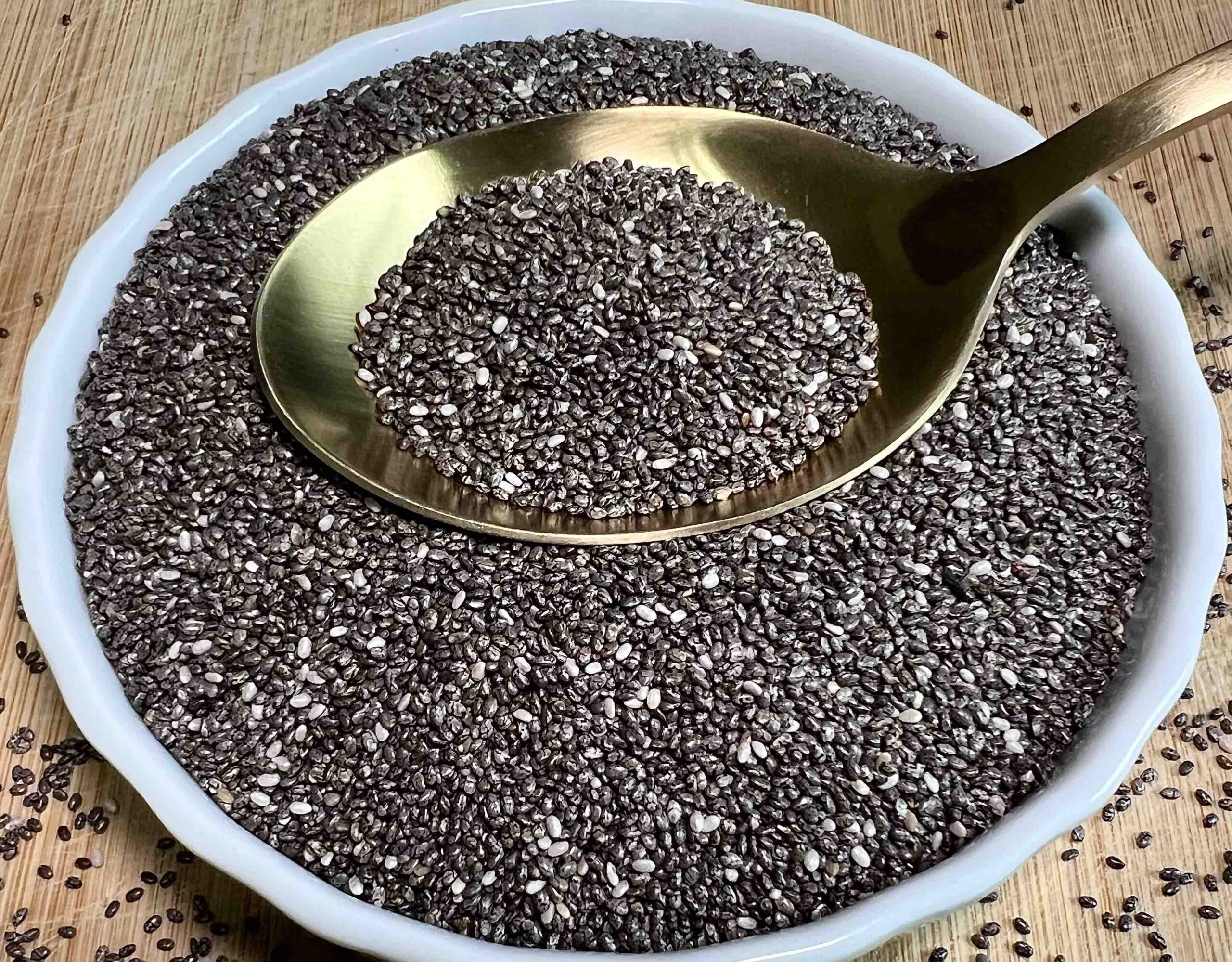This post may contain affiliate links, which means I may receive a commission from purchases made through the links.
Not all meats are created equal—while some are nutrient powerhouses, packed with protein, vitamins, and minerals, others fall short in delivering the health benefits your body needs. Such are meats that come with high levels of unhealthy fats, sodium, and other additives. In this post, we’ll explore 15 meats with the lowest nutritional content, shedding light on why they may not be the best options for a balanced diet. The meats are not arranged in any particular order.
1. Hot Dogs
According to experts, hot dogs are heavily processed and often contain a mix of low-quality meats, fillers, and preservatives. Each hotdog may contain around 5-10 grams of protein but is packed with up to 400 mg of sodium and saturated fats, with minimal protein quality compared to lean meats. So, while hot dogs are a quick and affordable snack commonly served at ballparks and BBQs, they lack significant nutritional value and should probably be consumed sparingly. Regular consumption can contribute to high blood pressure and heart disease due to sodium and saturated fat levels.
2. Bacon
Though delicious and a breakfast favorite for many, bacon is extremely high in saturated fat and sodium. It provides little protein compared to leaner meats – about 12 grams of protein per 100 grams but over 40% of daily recommended saturated fat in just a few slices. Experts advise against excessive consumption of bacon which can lead to cardiovascular issues.
3. Pepperoni
A staple topping for pizza and snacks, pepperoni is processed with additives and preservatives, containing high fat and sodium levels with lower-quality protein. It contains approximately 10-15 grams of protein per 100 grams but it is very high in saturated fat and cholesterol. As with the other meats above, regular and excessive intake may increase health risks.
4. Pork Rinds
These crispy fried snacks are low in protein and nutrient density while being extremely high in fat and calories. There are about 9 grams of protein per 100 grams of pork rinds, but over 40 grams of fat in the same amount. So, while some people often enjoy pork rinds as a low-carb snack option, it actually offers negligible essential nutrients and is best consumed in moderation.
5. Fried Chicken (Breaded)
Yes, even chicken makes it to the list of meats with the lowest nutritional content. I’m reiterating it because a whole lot of us in the wide world love fried chicken very much – it is one of the leading items in the first food industry globally. But breaded and deep-fried chicken adds excessive calories and fats, diminishing its protein benefits. That is, around 16 grams of protein per serving, but paired with 15-20 grams of fat. Health practitioners advise against excessive consumption of this delicacy and that instead, we should opt more often for baked or grilled chicken to improve nutritional value.
6. Meatballs (Processed)
Many store-bought meatballs are made with fillers and high-fat cuts, leading to low protein density and high sodium levels. One serving of meatballs may contain roughly 14 grams of protein but it is also high in sodium with over 300 mg per serving. Meatballs are widely used in pasta dishes and appetizers but homemade versions using lean meats are a healthier alternative as you get to choose what to add to the meat.
7. Salami
Salami is a common deli meat in sandwiches and charcuterie boards. It is cured and processed with excessive sodium and fat which overshadows its protein content. There are about 17 grams of protein per 100 grams of salami but the same amount is loaded with 400-600 mg of sodium. Salami should therefore be enjoyed in moderation to avoid sodium overload.
8. Corned Beef
Corned beef, which is commonly served during some holidays such as St. Patrick’s Day, is preserved with salt, making it high in sodium and lower in overall nutrient density. Although it may contain 25 grams of protein per 100 grams, the same amount will also contain over 800 mg of sodium which can lead to health problems such as excess water retention in the body.
9. Vienna Sausages
These canned sausages are highly processed and loaded with preservatives, sodium, and fat. They may contain about 6 grams of protein per 100 grams, but be loaded with significant sodium and saturated fat. These sausages are convenient for camping or emergencies but are not recommended for regular consumption as they are linked to long-term health risks.
10. Duck Skin (Crispy Duck)
Duck skin is often a treat in Chinese cuisine, particularly in dishes like Peking duck. While duck meat itself is nutritious, the crispy skin is high in saturated fat, calories, and cholesterol content, contributing little to protein intake. Consumption of duck skin, therefore, should be limited for better heart health.
11. Potted Meat
Potted meat is commonly found in canned form for convenience, and is often used in sandwiches or crackers. Highly processed and full of preservatives, potted meat contains fillers and high levels of sodium and saturated fats. One serving of potted meat may contain approximately 7 grams of protein but loaded with over 400 mg of sodium and artificial additives. It offers little nutritional value and should be consumed sparingly.
12. Liverwurst
Liverwurst, as the name suggests, is a type of sausage made from liver. It is consumed in Europe and parts of North ans South America. Although liverwurst contains some essential nutrients like vitamin A, its high fat content, cholesterol, and sodium levels overshadow its benefits. There may be about 14 grams of protein per 100 grams of liverwurst but the amounts of saturated fat and sodium are even higher. Health experts suggest leaner liver options as a better alternative, and note that liverwurst whould be consumed in moderation to avoid excess fat and sodium.
13. Spam
Spam is a convenient food option with a long shelf life, often used in Hawaiian and Filipino dishes. It is highly processed, with added sodium and preservatives that detract from its protein benefits. It may contain roughly 13 grams of protein per serving but up to 800 mg of sodium and high fat levels. Thus, it is advised that you enjoy spam as an occasional treat rather than a regular diet item.
14. Chicken Nuggets (Fast Food)
Chicken, again! Besides the fried thighs, drumsticks, and wings which are popular among grown-ups, chicken nuggets are more popular with kids. Processed chicken nuggets, are typically breaded and fried, adding excess fat, sodium, and fillers while reducing protein quality. Health experts advocate for homemade or baked versions of chicken nuggets for better nutrition, especially this item appears on the menu more regularly.
15. Bologna
Bologna is the last in this list of meats with the lowest nutritional content. It is a processed deli meat with low-quality protein, high fat, and excessive sodium. With approximately 8 grams of protein per slice, bologna is loaded with preservatives and up to 400 mg of sodium. If you love to include bologna in your sandwiches and snack platters, you could choose lean deli meats like turkey or chicken for healthier alternatives.
Conclusion
Understanding the nutritional content of the meats you consume is a vital step toward making healthier food choices. While the meats discussed in this article may not offer the best nutritional value, they don’t have to be completely off-limits. Moderation and balance are key—pairing these options with nutrient-rich foods can help mitigate their drawbacks. Speaking of which, I’ve got on this blog numerous recipes of dishes made from scratch with healthy ingredients, from vegetarian options with lots of leafy greens to meats and more. By prioritizing whole, minimally processed options, you can enjoy a diet that not only satisfies your taste buds but also supports your overall health.






